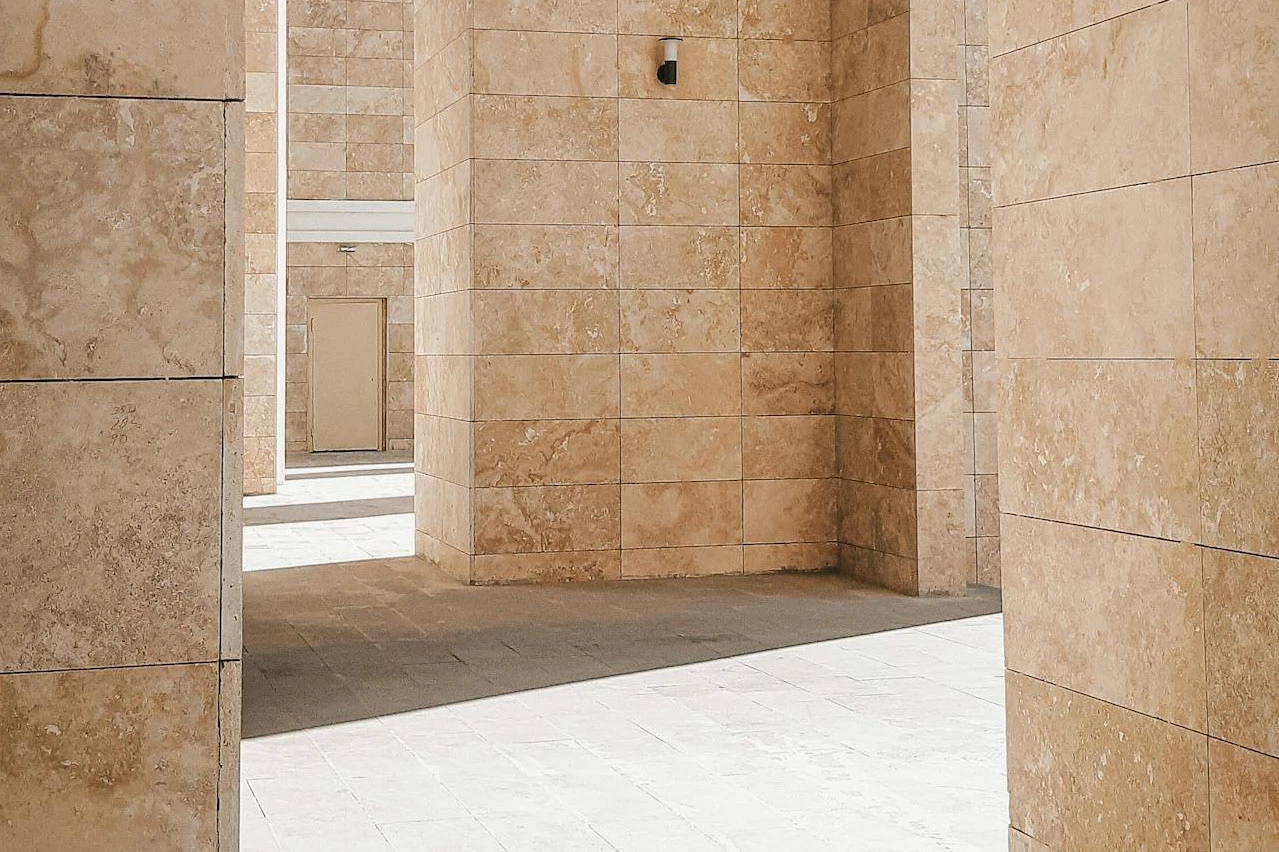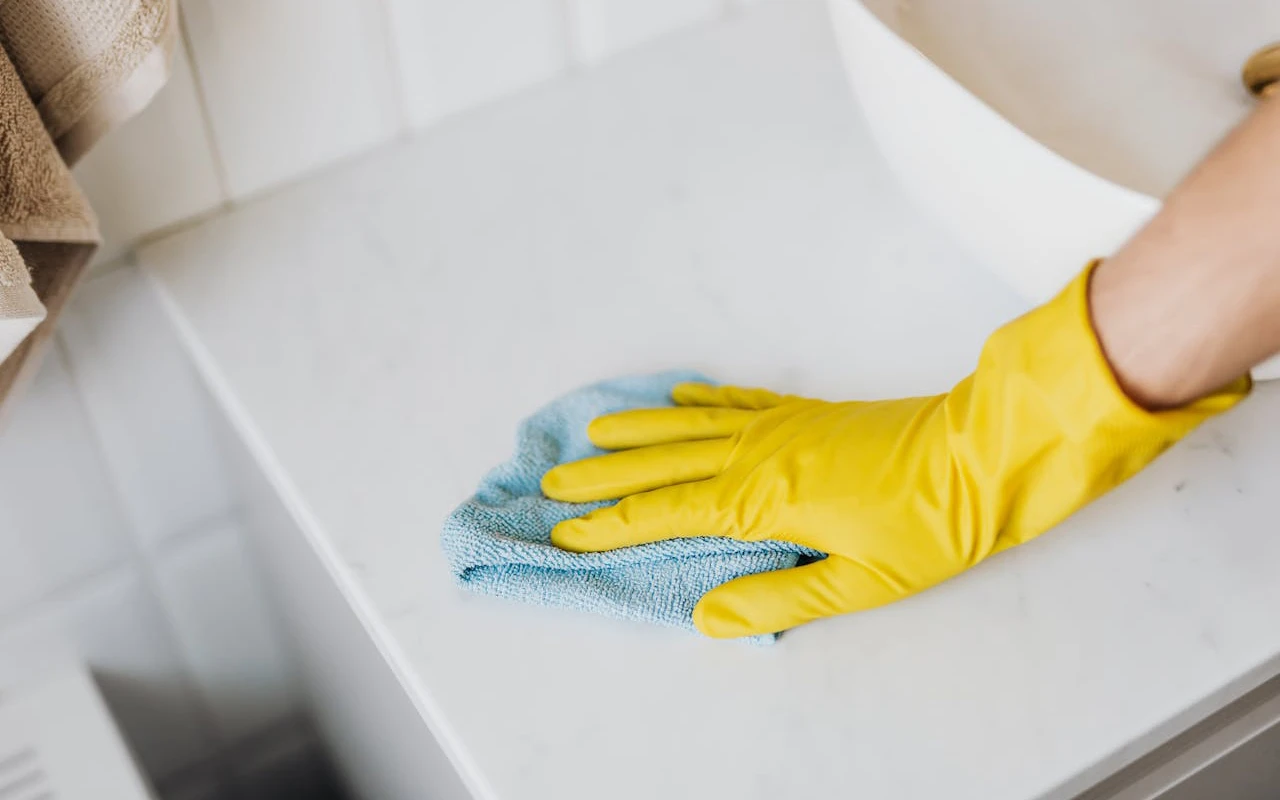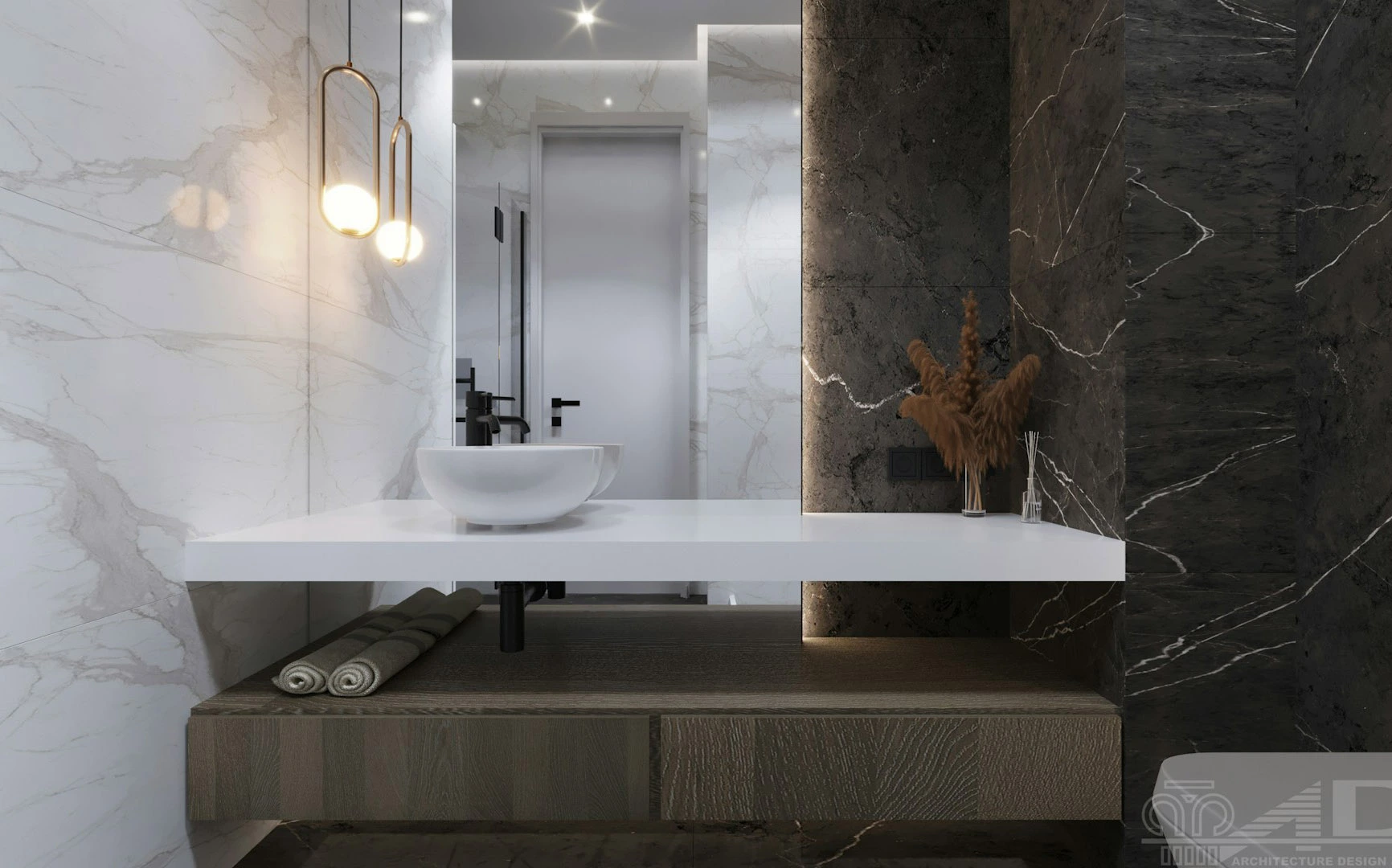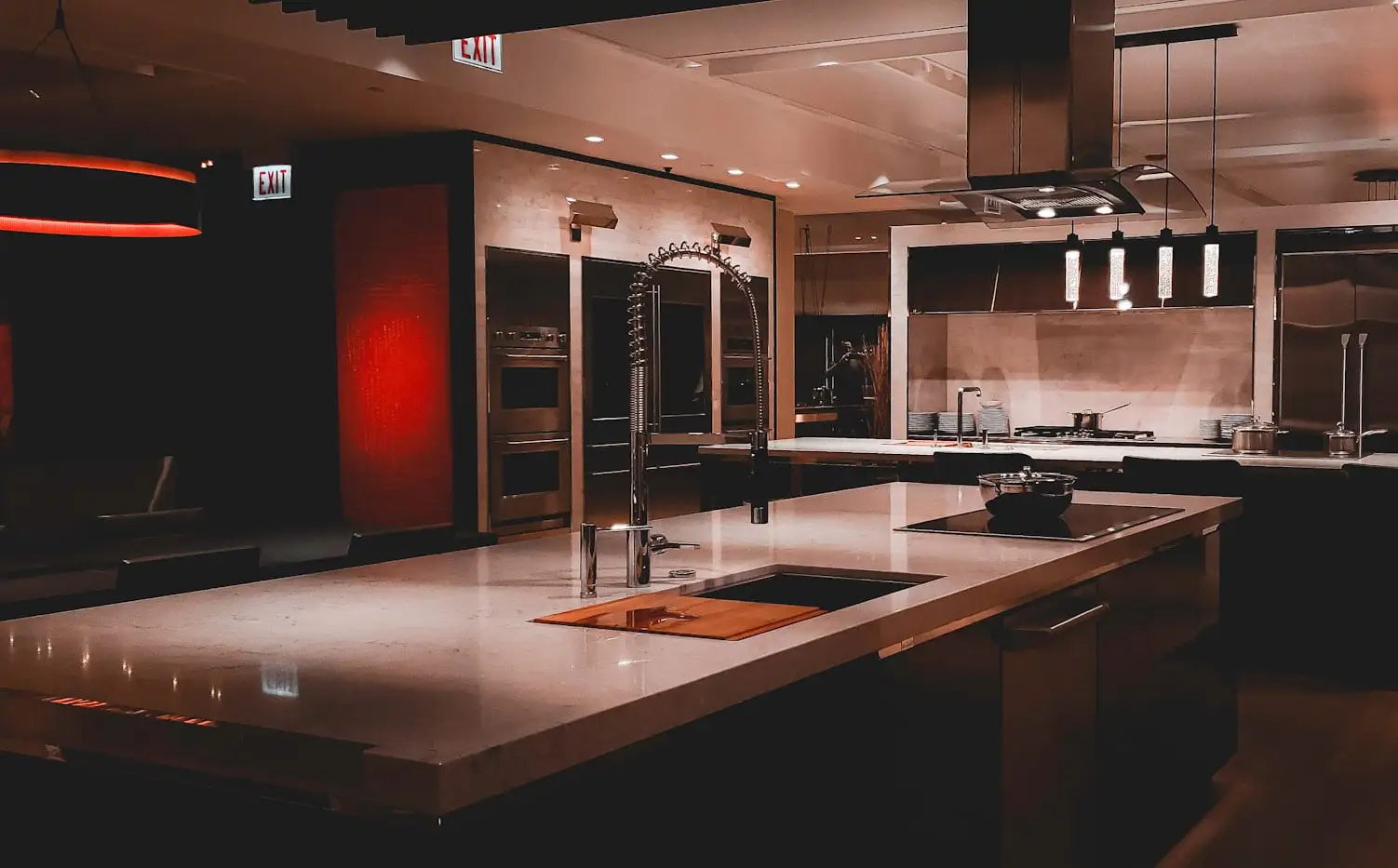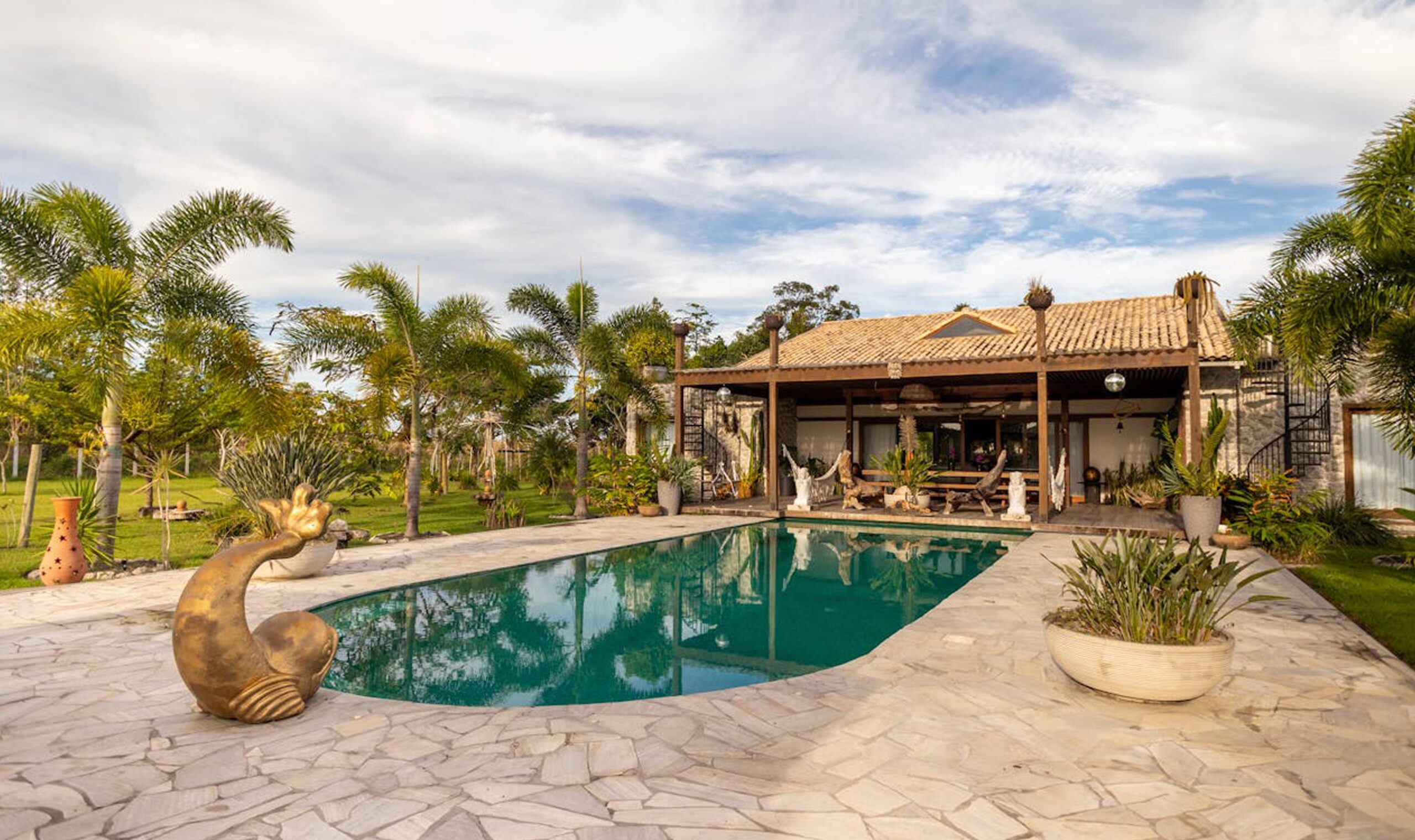In the world of home design and remodeling, engineered stone has carved out a strong presence. With its polished appearance, wide range of colors, and enhanced durability, it’s become a top contender against natural stones like marble and granite. But is it the right fit for your home?
In this post, we’ll explore the pros and cons of engineered stone and highlight the best use cases—from kitchen countertops to bathroom vanities and beyond.
✅ What is Engineered Stone?
Engineered stone is a man-made material created by combining natural stone particles (typically quartz) with resins, pigments, and other additives. The result is a durable, uniform surface that mimics the look of natural stone but with added performance benefits.
Popular Brands: Caesarstone, Silestone, and Cambria are well-known examples.
👍 Pros of Engineered Stone
1. High Durability
Engineered stone is scratch-resistant, stain-resistant, and non-porous, making it ideal for high-traffic areas like kitchens and bathrooms.
2. Low Maintenance
Unlike natural stones, engineered stone doesn’t require sealing. Regular cleaning with soap and water is enough to keep it looking pristine.
3. Design Consistency
Because it’s man-made, you get consistent patterns and colors, which is great for modern minimalist or contemporary interiors.

4. Wide Range of Colors & Styles
From classic white quartz to bold black and even marble-look finishes, there’s an engineered stone style for every aesthetic.
5. Eco-Friendly Options
Some manufacturers use recycled materials, making engineered stone a more sustainable choice than quarrying new stone.
Cons of Engineered Stone
1. Not Heat-Proof
While it’s heat-resistant, placing hot pans directly on engineered stone surfaces can cause discoloration or cracking.
Always use trivets or heat pads.
2. Price Point
Engineered stone can be more expensive than laminate or tile, though typically more affordable than premium natural stones like marble.
3. Less Natural Variation
For those who love the unpredictable veining and natural variation in real marble or granite, engineered stone may feel a bit too “perfect.”
4. Sensitive to Harsh Chemicals
Acidic or abrasive cleaners can damage the resin surface over time. Always stick to mild cleaning products.
Best Use Cases for Engineered Stone
Kitchen Countertops
Its durability and stain resistance make it a top choice for modern kitchens, especially in busy households.
Best styles: White quartz, marble-look engineered stone.
Bathroom Vanities
Because it’s non-porous, it handles moisture extremely well—ideal for bathrooms.
Backsplashes & Wall Panels
Get a seamless, contemporary look with engineered stone panels behind sinks or in open-concept kitchens.
Furniture Accents
Engineered stone is also used in custom furniture pieces like tabletops and even sideboards.
Engineered Stone vs Natural Stone: Quick Comparison
| Feature | Engineered Stone | Natural Stone |
|---|---|---|
| Durability | High | Varies by stone type |
| Maintenance | Low (no sealing required) | Medium to High |
| Heat Resistance | Moderate | High |
| Appearance | Uniform | Natural, varied |
| Price | Moderate to High | Varies (can be expensive) |
Conclusion
If you’re looking for a low-maintenance, stylish, and versatile surface, engineered stone is a smart choice. Whether you’re designing a modern kitchen, revamping a bathroom, or looking for a sustainable countertop option, engineered stone offers a balance of beauty and function.
However, be sure to weigh the advantages and disadvantages—especially if you’re drawn to the uniqueness of natural stone.

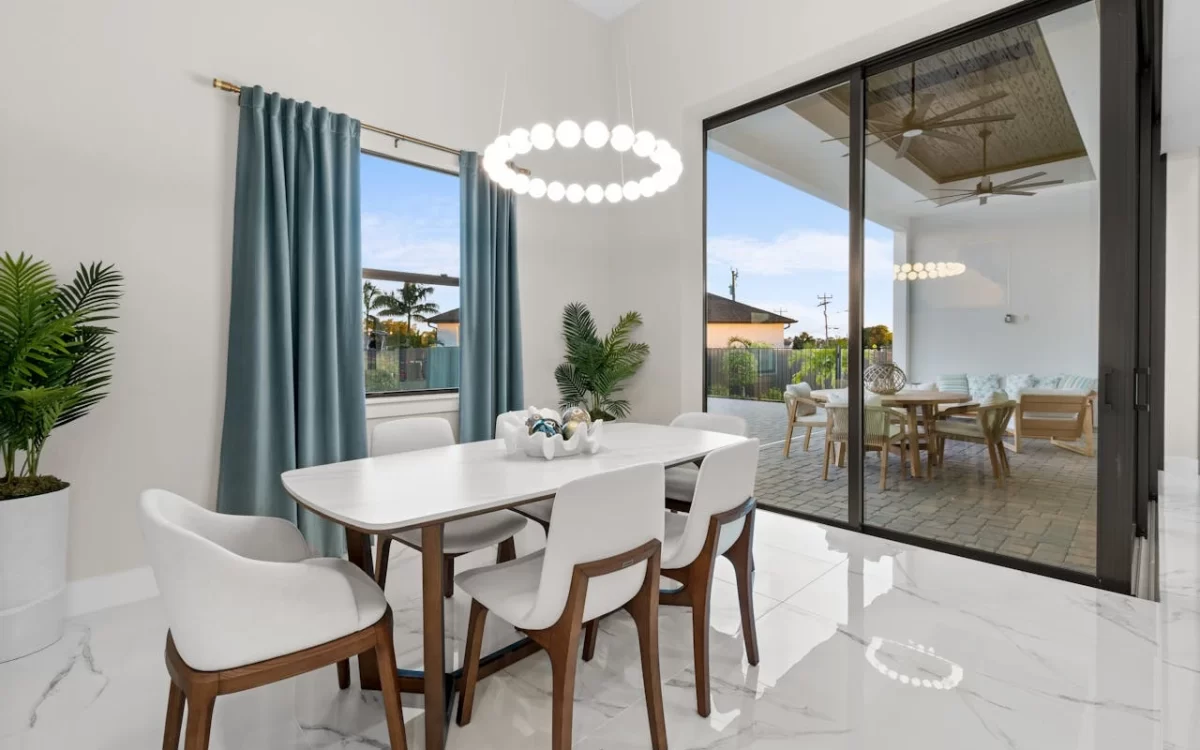
 Related Reads on Stoneman Magazine:
Related Reads on Stoneman Magazine:
